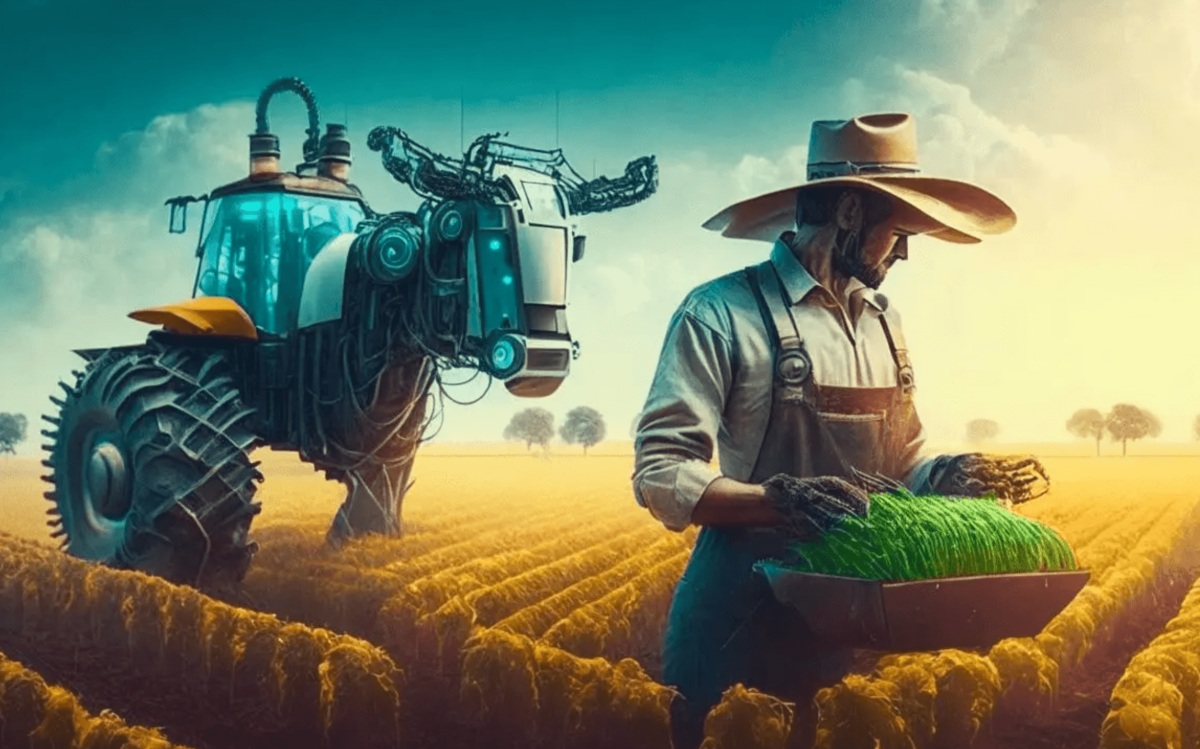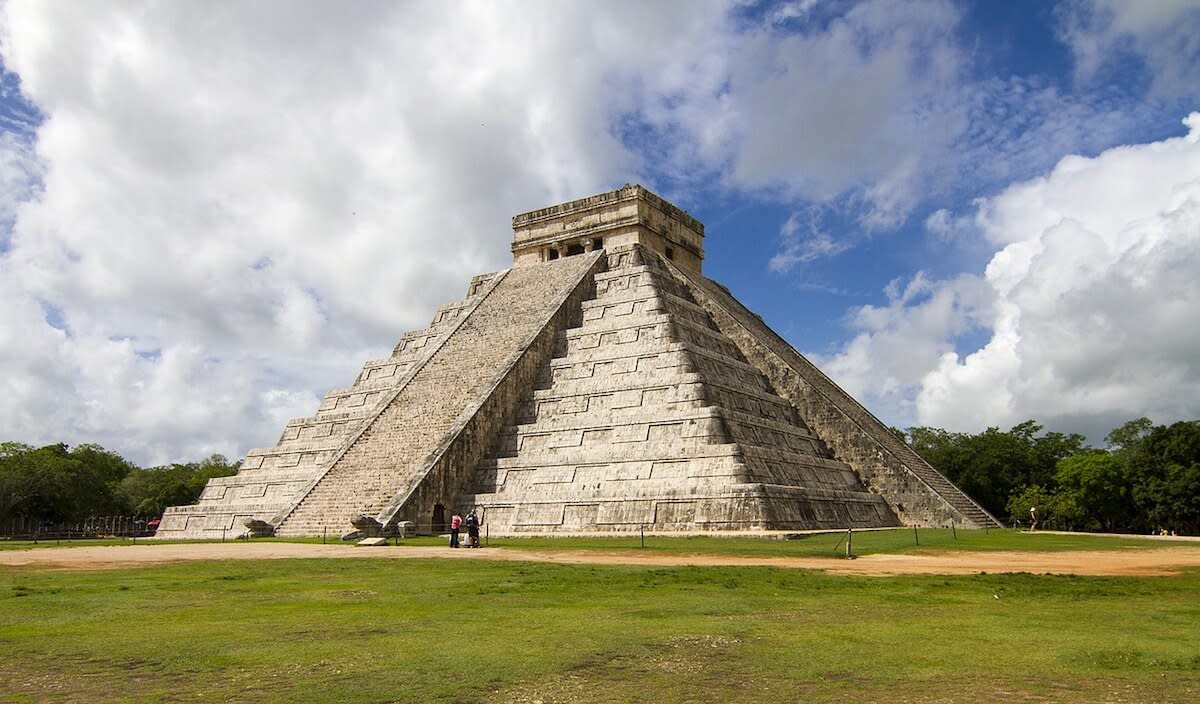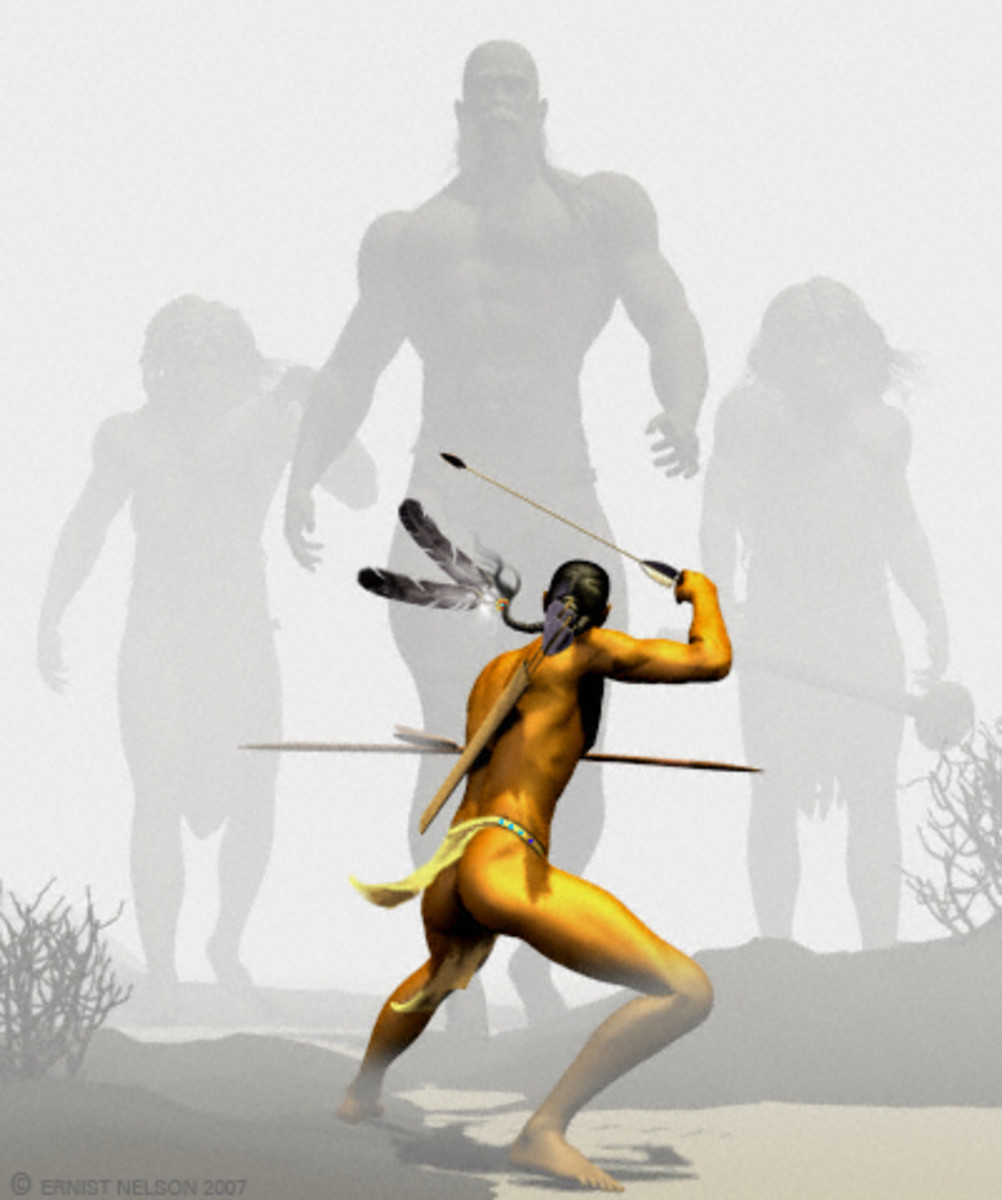The Origin of Agriculture and Civilization
The origin of Agriculture

The origin of Agriculture and Civilization
There is no historical evidence to tell us exactly how agriculture
arose. We can only imagine what may have happened. Cultivation of
grain may have arisen without any violent break from good gathering.
In regions well stocked with wild grains, enough seeds would get
scattered around to produce crops worth reaping. Agriculture,
probably, resulted from the understanding that plants could be grown
from seed and that the crops had some relation to the seasons. And,
probably, the availability of water helped in this process.
Cultivation, however, marked a break from the primitive era, as human
beings stopped being dependent on nature and started to control their
livelihood and destiny.
Cultivation necessarily meant permanent or semi-permanent settlements
around regions that were climatically and soil-wise suitable for crop
production. These settlements grew into villages, with some community
life and leisure. It is but natural that the settlements established
in regions most suitable for cultivation, developed fast. Thus we
see in this period, from about 4000 B.C. to 1500 B. C. the four great
civilizations of Egypt, Mesopotamia, India and China came into
existence in the wide river valleys of the Nile, the Tigris and the
Euphrates, the Indus, and the Hwang Ho respectively. The Indus valley
civilization is dated between 2700 B. C. to 1750 B. C.
Growth of Cities
The people of those times came to understand very well the advantage
afforded by the river for food production. They also came to realize
that if the river could be systematically used through natural and
artificial irrigation, food production could be increased manifold.
However this could be achieved best, not by one village alone but by
several villages getting together. Further, barter trade led to some
places being identified as meeting places for the exchanges.
Convenient sites were chosen for displaying goods and exchanging grain
for cloth or spice, or shopping for better tools and implements made by
expert artisans. Some evidence suggests that cities were founded by
bringing together population of several villages. The growth of cities
led to the rise of an administrative class who could organise and
coordinate production and exchange, but did not take part in it
directly.
We find that growth of cities was helped by another feature of this new
mode of production. Man started producing much more than he could
consume locally. Therefore, all people in agricultural societies did
not have to be agriculturists. They could produce other useful goods
and even excel in music or dance. The surplus could be used to support
craftsmen who made the agricultural implements and storage vessels,
masons who built shelters, wheel-wrights who made pottery, and others
who made carts. There were still other who worked as administrators
and priests, and who were not directly involved in the process of
production. These groups of people came to live in the cities.
The population of cities used to be supported by agriculture in the
neighboring as well as distant villages. This resulted in a division
between villages and cities, between those who produced and those who
supported production through work of other kinds; those who worked with
their hands, and administrators or priests who mainly used their mental
skills. This division had a very definite effect on the development of
techniques and science. For the first time, specialization of
occupations and professions had taken place. As there was enough food
available, society could support even those who did not produce. such
people had leisure to think, to improve their crafts, to create art and
beauty, and to develop abilities to lead society through institutions
of religion and administration.
The surplus also had to be transported by land, river and sea in
exchange for other necessities of life and even luxury goods. This
provided tremendous impetus for the development of transport, such as
rafts, boats and small ships, which brought about new dimensions of
trade, cultural contact and exchange of techniques and science among
different societies.
Changes in Social Organization
We find that the above trend in social organization lead to tendency
which eventually shifted the progress of these civilizations and led to
their decay. The surplus, or whatever was left of food production
after the consumption needs of the society were met, came to be
appropriated by a small group of administrators. They eventually
became priests and kings and formed an exclusive group. The successors
of the original administrators gradually lost touch with agricultural
techniques, as well as with knowledge and techniques related to
production of other articles of consumption and trade. They gave their
time and attention to building monuments, temples and places of
leisures to impress the rest of the society or to emphasize their
exclusiveness. They raised armies to take over more and more
productive land. Their priestly influence also grew. They cultivated
the idea that they had divine powers and were created by God to show
the way to the common people and be their natural leaders. Thus,
society got divided into exclusive classes of producers and
appropriators.
The tragedy of this process was that those who used knowledge and
technique in the beginning to increase production became isolated from
the basic production techniques and knowledge which had given them
power. Recourse was taken increasingly to magic and spreading of false
beliefs instead of scientific observations and use of technology to
solve material problems. The farmers and the craftsmen who used the
techniques to produce goods were weighed down with the daily problems
of existence. They had very little resources for innovations. Thus,
the practitioners could not improve the techniques to solve the
problems they faced; and the appropriators who had the time, resources
and power to do so were no longer interested in these things. As a
result of these developments, the progress of technique was thwarted
and science stagnated.
In historic periods, stagnation led to the complete decay of
civilizations, as in the case of the Indus Vally Civilization.
Sometimes there was readjustment of societies due to their being
conquered by others, as in Europe were weak and stagnating cultures
and societies were subjected to barbarian invasions. In both cases,
the center of progress shifted geographically to other locations.
This is the social conditions prevalent in the Bronze Age civilizations.







